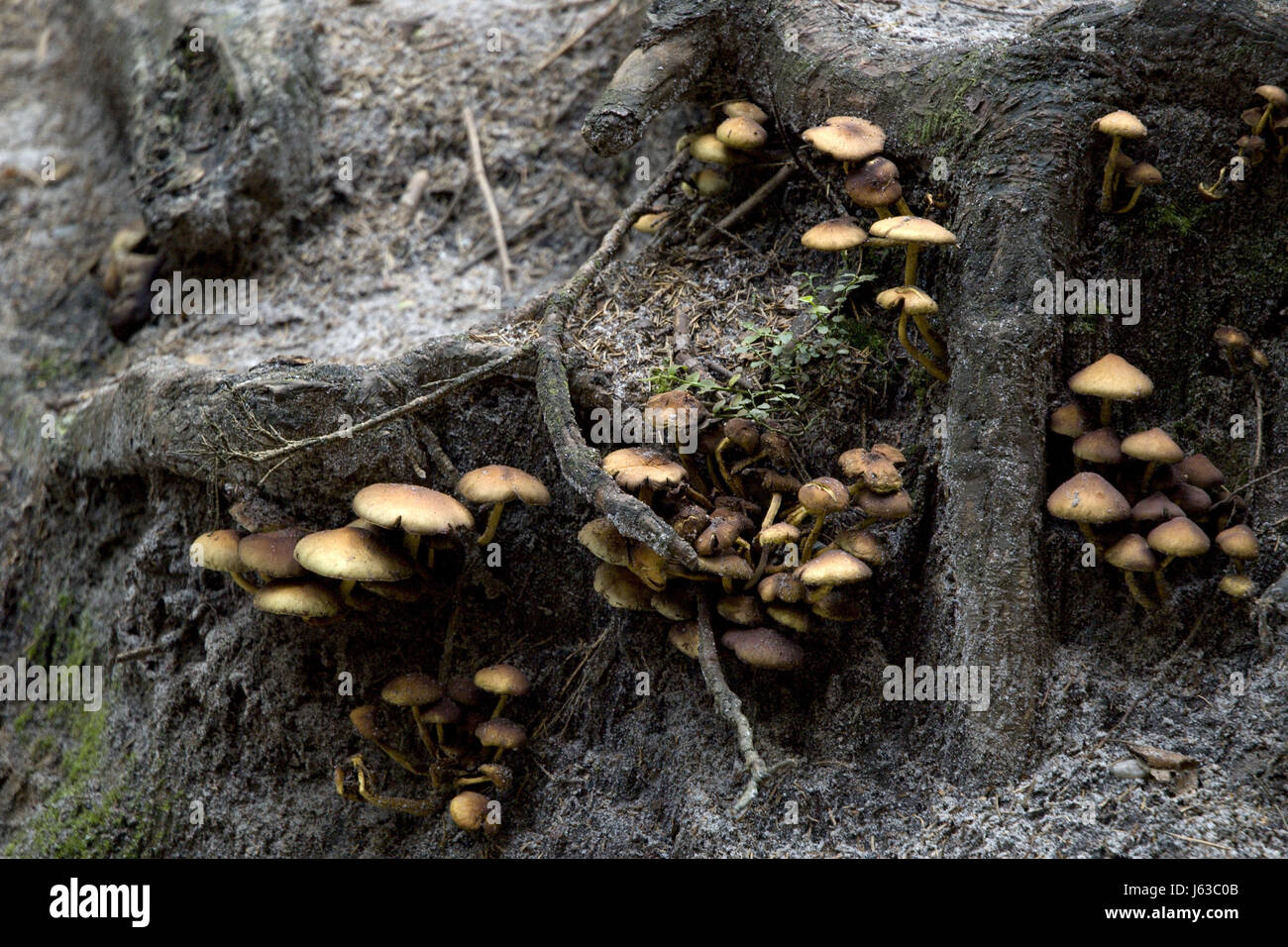Exploring Cultural and Historical Perspectives on Magic Mushrooms
Introduction:
Magic mushrooms, scientifically regarded as psilocybin mushrooms, have a abundant and various cultural historical past that spans centuries. These enigmatic fungi have played a important purpose in the rituals, spirituality, and artistic expression of various civilizations close to the globe. In this short article, we will delve into the cultural and historical views encompassing magic mushrooms, inspecting their use, impact, and importance in distinctive societies.
Ancient Use and Shamanic Techniques:
The use of magic mushrooms can be traced back hundreds of a long time, with evidence suggesting their existence in numerous historical cultures. One of the most properly-documented circumstances is the use of psilocybin mushrooms by indigenous tribes in Mesoamerica. The Aztecs, for instance, referred to these mushrooms as “teonanácatl,” translating to “flesh of the gods.” Shamans in these cultures consumed magic mushrooms in the course of religious ceremonies to induce altered states of consciousness, believing that it facilitated interaction with the divine.
In the same way, indigenous tribes in Africa, these types of as the Bwiti in Gabon, have a lengthy heritage of incorporating hallucinogenic mushrooms into their religious practices. The mushrooms are believed to link the user with ancestral spirits, featuring steering and insight. These practices spotlight the integral function magic mushrooms performed in historical shamanic traditions, serving as a device for transcendent activities and religious exploration.
Magic Mushrooms in Western Tradition:
In the twentieth century, the Western planet witnessed a resurgence of interest in magic mushrooms, mostly owing to the influence of counterculture movements. Through the nineteen fifties and 1960s, researchers like R. Gordon Wasson and Timothy Leary explored the psychedelic attributes of psilocybin mushrooms, contributing to their increased acceptance amongst the normal general public. additional info , in certain, advocated for the therapeutic potential of these substances, believing they could guide to profound personalized and spiritual development.
The 1960s also saw the popular leisure use of magic mushrooms, as they turned synonymous with the psychedelic revolution. Having said that, this cultural movement at some point led to a backlash, with several governments banning the use of psychedelic substances. Irrespective of authorized limitations, fascination in magic mushrooms persisted, and modern investigation has revisited their probable therapeutic benefits, notably in the procedure of mental well being conditions.
Modern Investigate and Therapeutic Likely:
In new yrs, there has been a resurgence of scientific desire in the therapeutic prospective of magic mushrooms. Scientific scientific studies have explored the efficacy of psilocybin in managing conditions this kind of as melancholy, panic, and write-up-traumatic anxiety dysfunction (PTSD). The outcomes have been promising, indicating that meticulously guided and supervised psychedelic activities may possibly have profound and long lasting favourable consequences on psychological overall health.
The resurgence of desire in the therapeutic use of magic mushrooms has led to a reconsideration of their cultural and historic importance. Scientists are now drawing connections between ancient shamanic techniques and modern psychedelic-assisted treatment, suggesting a likely continuity in the human use of these substances for religious and psychological exploration.
Lawful and Moral Issues:
Irrespective of the escalating human body of proof supporting the therapeutic benefits of magic mushrooms, authorized and moral concerns remain considerable hurdles. Several nations around the world classify psilocybin mushrooms as managed substances, restricting their use and investigation. However, a shift in attitudes is transpiring, with some jurisdictions decriminalizing or legalizing the leisure and therapeutic use of these mushrooms.
The ethical dimensions of employing magic mushrooms in a therapeutic context also raise concerns about security, consent, and cultural sensitivity. Researchers and policymakers need to navigate these complexities to assure responsible and equitable entry to the opportunity gains of these substances.
Conclusion:
Magic mushrooms have woven a intriguing tapestry all through human history, connecting historic shamanic techniques with contemporary scientific investigation. From their role in indigenous rituals to the counterculture actions of the twentieth century and the resurgence of therapeutic exploration nowadays, magic mushrooms continue to captivate and obstacle our comprehending of consciousness and spirituality.
As we navigate the cultural and historic views on magic mushrooms, it is necessary to method their use with regard for diverse traditions, a dedication to moral issues, and an openness to the opportunity therapeutic positive aspects they could offer. The ongoing dialogue involving historic knowledge and modern science guarantees a further knowing of these enigmatic fungi and their put in the tapestry of human expertise.
